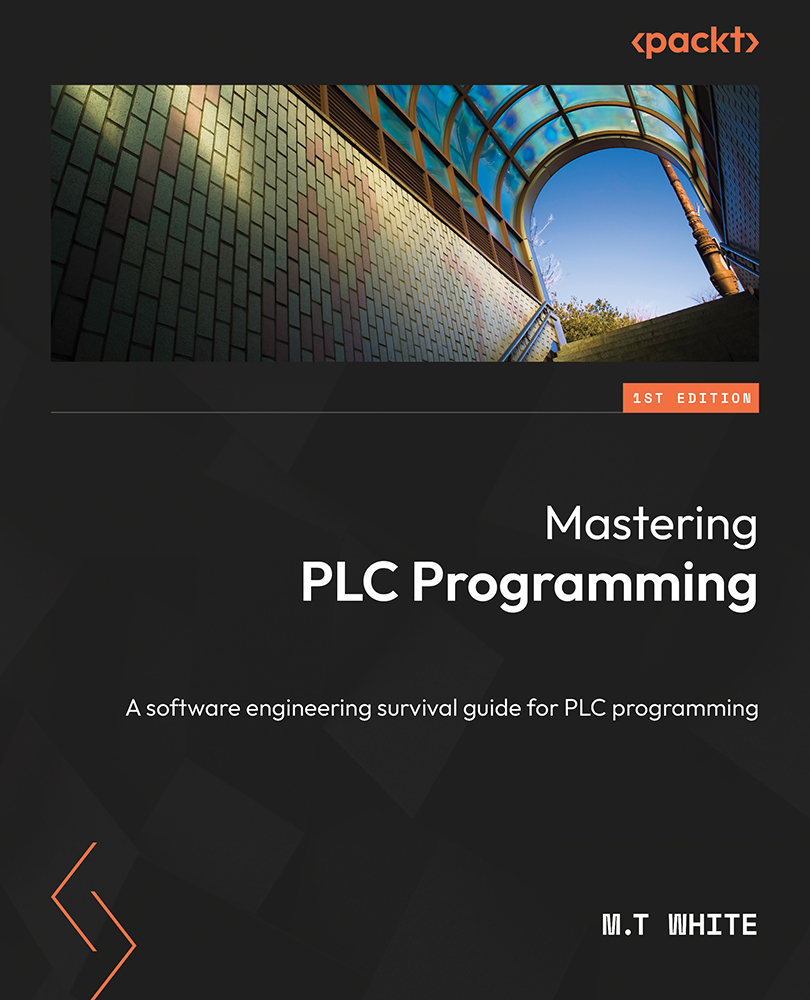Understanding HMIs
When I have to explain what an HMI is to a developer that does not have a background in automation, I usually describe it as an industrial UI for machines. In short, an HMI serves as a digital control panel. An HMI is a program that will have digital buttons, switches, readouts, and so on that will run on some type of touchscreen computer. The HMI serves as the control panel that the operator will use to send commands to the PLC.
In my experience, I have seen HMIs make or break projects. HMIs are presentation layers for your project. As such, a poorly designed HMI can make your machine difficult, if not impossible, to use. It is important to keep in mind that these are soft control panels and, as such, a poor layout of controls will make the machine hard to operate. The customer will also pay particular attention to the HMI. For people not familiar with software engineering, the only thing they have to gauge quality on is how the controls are organized. In other...


























































